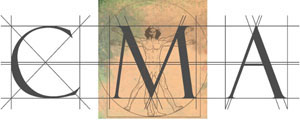Aventurine – Crystal Healing
This crystal was used in ancient Tibet for improving creativity and perception. The Italian word “ventura” means possibility or chance.
Colour and description
This crystal is a variety of quartz; in fact it is green microcrystalline quartz. It has spangled appearance, due to inclusions of hematite or mica. Aventurine can also be red, blue, and brown in colour. The blue stone gets its colour from aluminous sediments containing boron. Aventurine is sometimes confused with Jade.
Other names: Indian Jade.
Where is it found
Mainly in Russia, India, and Brazil.
Hardness: 7
(Talc is the softest at number 1 and diamond the hardest at number 10.)
Structure: Trigonal crystalline.
Uses
Crystal healers use aventurine for the following conditions:
Psychosomatic illness: Used as a gem elixir, it is greatly valued for its use in psychotherapy, to treat illnesses that are psychosomatic.
Increases muscle flexibility: Stimulates muscle tissue.
Detoxifier: Blue Aventurine helps release toxins thus strengthening those who are suffering from debilitating diseases.
Increased perception and creativity: Increases motivation and helps to relieve anxiety and calm emotions.
Other uses: Lung disorders. Green Aventurine encourages exploration of new ways. Thus it is an apt stone to use if you are changing jobs or being asked to perform a new role, as it allows you to see that there is always a bigger picture, and that you can expand your horizons. Blue Aventurine can help us gain insight to the truth that every action has a reaction, reminding us to look at cause and effect. It provides us with patience, rids us of our stubbornness, and keeps us from getting too excited and losing focus.
Element: Water

